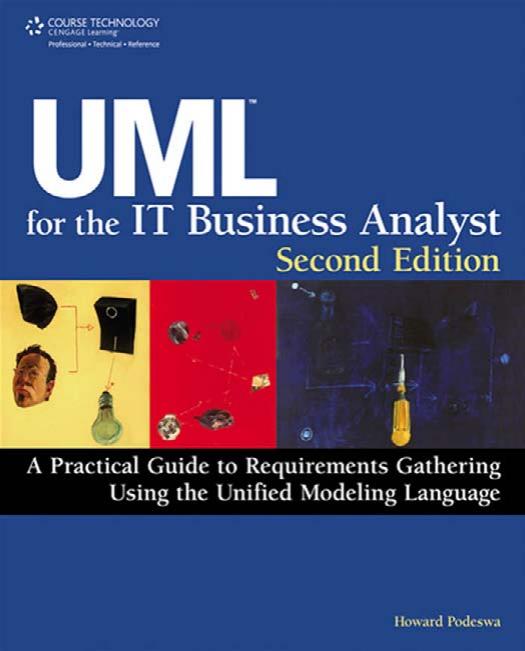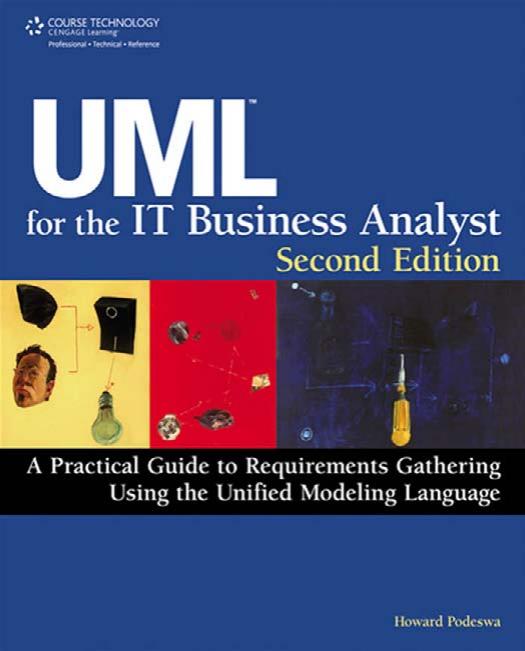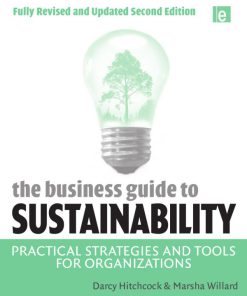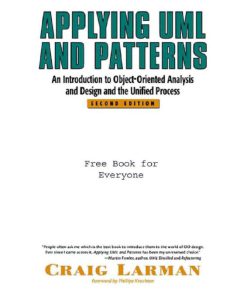UML For The IT Business Analyst A Practical Guide to Requirements Gathering Using the Unified Modeling Language 2nd Edition by Howard Podeswa ISBN 1598638688 9781598638684
Original price was: $50.00.$25.00Current price is: $25.00.
Authors:Howard Podeswa , Series:IT & Computer [452] , Tags:Computers; Programming; General; Software Development & Engineering; Systems Analysis & Design , Author sort:Podeswa, Howard , Ids:Google; 9781598638684 , Languages:Languages:eng , Published:Published:Mar 2010 , Publisher:Course Technology/Cengage Learning , Comments:Comments:Today, information-technology business analysts are often working on object-oriented (OO), Unified Modeling Language (UML) projects, yet they have a long way to go to exploit the technology beyond the adoption of use cases (just one part of the UML). This book explains how, as an IT business analyst, you can pull together all of the UML tools and fully utilize them during your IT project. Rather than approaching this topic theoretically, you will actually learn by doing: A case study takes you through the entire book, helping you to develop and validate the requirements for an IT system step by step. Whether you are a new IT business analyst; an experienced analyst, but new to the UML; a developer who is interested in expanding your role to encompass IT business-analysis activities; or any other professional tasked with requirements gathering or the modeling of the business domain on a project, you’ll be trained and mentored to work efficiently on UML projects in an easy-to-understand and visual manner. This new edition has been completely updated for UML 2.2, and includes coverage of all the relevant new BABOK 2 knowledge areas. The new edition also covers various lifecycle approaches (non-empirical, empirical, waterfall, iterative, and agile) and their impact on the way project steps are carried out.













